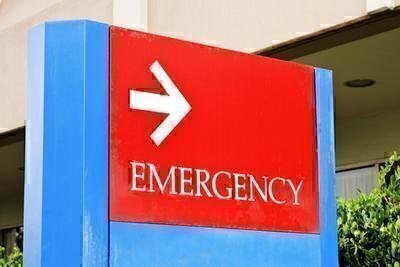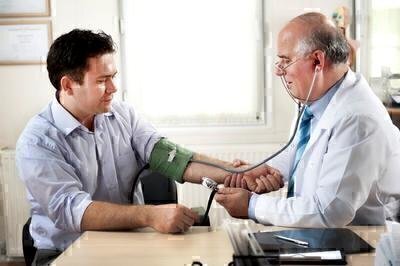What to Do During a Medical Emergency
If you believe the case may be an immediate threat to life or future ability to function (must be treated within 30 minutes), immediately call 911.
Symptoms requiring immediate emergency department attention:
- Spurting blood, massive bleeding
- Vomiting blood (often a black coffee ground-like substance), passing black stool, coughing blood
- Breathing stopped
- Breathing difficult
- Blue lips, face, or nail beds
- Heart stopped or faint pulse
- Extensive burns, especially if skin is white or charred
- Eye injuries, or acids or other strong solutions in the eye
- Paralysis
- Unequal-size pupils
- Obvious alteration in consciousness resulting from head injury or without attributable cause
- Insect stings, if patient is known to have allergy
- Seizure or convulsions
- Severe pains in chest, upper abdomen, or down arm plus shortness of breath
- Suspected poisoning or overdose
- Sudden, severe abdominal pain not attributed to indigestion
- Suicidal thoughts or any violent behavior
- Patient simply appears to be very sick
If you believe the case is not immediately life-threatening but requires treatment at a hospital (can wait 30 minutes or more):
Call patient’s doctor for advice. If you can’t promptly reach the doctor, go to an ER.
Our ratings of area hospital emergency departments will help you decide where to go. Note that your optimal hospital choice may be different depending on whether the patient needs simple care, complex care, or you don’t know what’s wrong.
If the case does not require prompt medical attention:
Go to a primary care doctor. If you need care outside your doctor’s office hours, go to an urgent care clinic. Don’t use a hospital emergency department. If you don’t have a doctor, our ratings of primary care physicians will help you find one.




